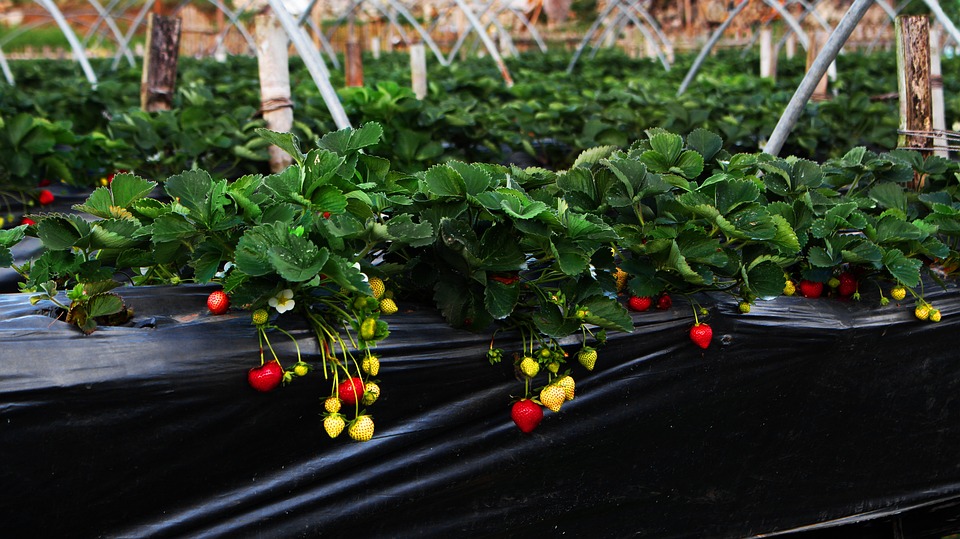The Rise of Regenerative Agriculture: Sustainable Farming for a Brighter Future
The Rise of Regenerative Agriculture: Sustainable Farming for a Brighter Future Living off the grid has been a truly transformative experience for me. It has allowed me to fully embrace the beauty and simplicity of sustainable farming and gardening. In recent years, I have seen a growing movement towards regenerative agriculture, which has brought me so much joy and hope for the future. This innovative approach to farming not only promotes a healthy environment, but also ensures a better future for generations to come. I am thrilled to see the rise of regenerative agriculture and I believe it is a crucial step towards a brighter and more sustainable future for our planet. What is Regenerative Agriculture? Regenerative agriculture is a holistic approach to farming that focuses on improving the health of the soil, reducing carbon emissions, and restoring ecosystems. Unlike conventional farming methods, regenerative agriculture aims to work in harmony with nature, rather than against it. This means utilizing natural processes, such as crop rotation, cover cropping, and minimal tillage, to restore and maintain the health of the soil. By building healthier soils, regenerative agriculture can sequester carbon, improve water retention, and increase biodiversity, leading to a more resilient and sustainable farming system. The Benefits of Regenerative Agriculture There are numerous benefits to embracing regenerative agriculture, both for the environment and for farmers themselves. One of the most immediate and tangible benefits is improved soil health. Healthy soil is essential for producing high-quality crops and ensuring long-term productivity. By building healthier soils, regenerative agriculture can also help mitigate the effects of climate change by sequestering carbon dioxide from the atmosphere and reducing greenhouse gas emissions. Additionally, regenerative agriculture practices can improve water retention, reduce erosion, and promote biodiversity, making farms more resilient to environmental changes. Another significant benefit of regenerative agriculture is its potential to improve the overall well-being of farmers and their communities. By reducing the need for chemical inputs, regenerative agriculture can lower production costs, increase profitability, and create more resilient farming businesses. This, in turn, can help revitalize rural economies and create new opportunities for local producers. Furthermore, regenerative agriculture can also help address social issues, such as food insecurity and access to healthy, locally-grown produce. Pro Tips: – Start small: If you are new to regenerative agriculture, start by incorporating one or two regenerative practices into your farming routine. Over time, you can gradually increase the number of regenerative practices you use as you become more comfortable with the methods. – Learn from others: Join a local regenerative agriculture group or network with other farmers who are already practicing regenerative agriculture. Learning from others’ experiences and sharing tips and advice can help you navigate the transition to regenerative farming more smoothly. Embracing Regenerative Agriculture As someone who has spent years living off the grid, I have seen firsthand the incredible impact that regenerative agriculture can have on the environment and on the lives of farmers. I believe that regenerative agriculture is not just a trend, but a necessity for the future of farming and food production. Embracing regenerative agriculture is a conscious choice to work with nature, rather than against it, and it offers a path towards a more sustainable and resilient future. In conclusion, the rise of regenerative agriculture is an exciting and necessary development in sustainable farming. By adopting regenerative practices, we can improve soil health, reduce carbon emissions, and promote biodiversity, leading to a more resilient and sustainable farming system. I encourage everyone to explore regenerative agriculture and consider how they can incorporate regenerative practices into their own gardening or farming endeavors. Together, we can work towards a brighter and more sustainable future for our planet.










